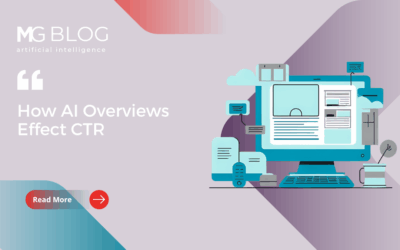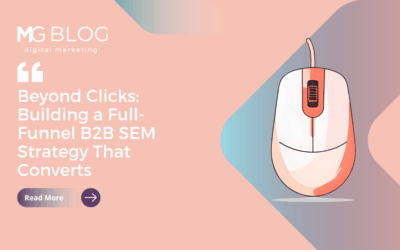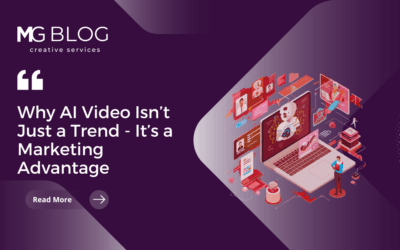The Internet of Things (IoT) is changing the world in many ways, and one of the industries most primed for connectivity and enhanced technology is healthcare. From wellness apps on the patient side to electronic health records (EHRs) and connected heart monitors, IoT is presenting new ways for providers, patients, and insurers to communicate. The hope is that this technological breakthrough will lead to healthier Americans, more effective doctors, and advances in digital efficiencies.
is changing the world in many ways, and one of the industries most primed for connectivity and enhanced technology is healthcare. From wellness apps on the patient side to electronic health records (EHRs) and connected heart monitors, IoT is presenting new ways for providers, patients, and insurers to communicate. The hope is that this technological breakthrough will lead to healthier Americans, more effective doctors, and advances in digital efficiencies.
To understand what’s in store for the future of healthcare and IoT, it’s important to look at the past and present healthcare landscapes.
Healthcare Before IoT
Doctors offices and hospitals, until fairly recently, relied on paper records for patient data. There was little digital interconnectivity between hospitals, doctors and insurance providers and a significant lack of information sharing on multiple fronts. It took longer to transfer records from a primary care physician to a specialist, and there were many delays in doctors receiving lab results or updates from hospitals. Because of this, the healthcare industry has been thought to be consistently behind the times in terms of technology and communication.
In the last twenty-five years, much has changed as the U.S. government has encouraged healthcare providers to go paperless. A November 2014 publication by Price Waterhouse Cooper (PWC) called “Healthcare Delivery of the Future” reports that since 2009, 400,000 eligible healthcare institutions have implemented and see value in using EHRs. Which brings us to now, where more and more health providers are using a range of connected devices to improve processes and patient care.
IoT in Healthcare Now
In what PWC calls the “New Health Economy,” the landscape is changing dramatically and rapidly. Since the American Healthcare Act was enacted in 2010, people are no longer satisfied with “passive care.” They have invested a lot in understanding their coverage, and with high deductible plans on the rise they have to pay a lot of attention where their medical dollars go. Additionally, the American expectation is that accessing healthcare should be as easy as buying a pair of shoes and as a result they are demanding more in terms of communication, convenience, and price of service.
Healthcare providers are responding to this shift by leveraging technology to phase out paper processes, increasing patient access to health records, and utilizing tools that help the patient send and receive information to and from their doctor(s). Right now, IoT has created a far more connected healthcare environment where patients can feel like they are getting the attention, information and service they require in today’s age.
One of the ways IoT is creating a more connected healthcare environment is with access to a number of preventative healthcare tools. There are wirelessly connected devices to monitor and track blood sugar, blood pressure, heart rate and other vital functions. Hospitals are also installing beds that monitor patient comfort and care. These beds can turn a patient to prevent bedsores, elevate the legs for circulation purposes and sound an alarm when the patient falls out of bed. Newborn babies now wear monitoring devices that react to sensors on mothers and fathers to track where the child goes and with whom to protect the child’s safety and to prevent baby swapping. Right now, these devices are designed for patient care, not to be a source of data to be used for any sort of analysis, but that may change in the future.
As PWC says, “In the New Health Economy, digitally-enabled care is no longer a nice-to-have, but rather a fundamental business imperative.” So, what does the future hold for IoT and healthcare?
IoT and the Future of Healthcare
In response to the predicted hike in healthcare premiums coming within the year, we can anticipate an uptick in specialized health outlets and other cost-saving measures being implemented by Americans. Overall, their dollars will shift to being spent on preventative health technology, and they will start utilizing a wide variety of tools to keep out of the hospitals and emergency rooms as best they can. Digital companies will also be more than willing to create those tools. In April, Forbes reported on a MarketResearch.com study that says that the healthcare IoT market segment will hit $117 billion by the year 2020 signaling massive growth ahead.
With these tools, IoT connected sensors and apps will undoubtedly come data, and from that data will come Big Data. Big Data and IoT fit together in a lot of ways, but the opportunities in healthcare are huge. A Bernard Marr piece on Forbes predicts several ways Big Data will change healthcare:
-
Patients may be able to share their fitness and nutrition app data with their doctors, who will utilize it in diagnostic and preventative care. There is also an opportunity for the data to be used for comparison and analysis to identify trends and localized communicable disease threats.
-
In the world of clinical trials, Big Data can help researchers choose more suitable subjects. It can also lead to pharmacological breakthroughs since data sharing allows companies to identify alternate uses for particular medicines.
-
Big Data can also help stop an epidemic. Tracking population movement via GPS embedded in cell phones allows physicians to know where to set up treatment centers and when to set up travel restrictions.
Security Concerns
One persisting concern as more and more of healthcare goes digital will be security. A provision was recently added to the Affordable Care Act (ACA) that mandates that health insurance providers collect their customers’ social security numbers so that the IRS can track health coverage and issue subsidies and fees. This makes people nervous, especially when insurance providers still have data vulnerabilities, like in the case of the recent Premera Blue Cross and Anthem Blue Cross Blue Shield hacks where personal data was compromised for a total of 89.8 million customers. Many providers are beefing up their security measures, but Americans are still concerned. But, as technology develops and insurance providers, doctors and hospitals get more security savvy in an effort to stay ahead of any potential information hacks.
In the doctor’s office, data and technology will be used to help streamline healthcare, but also to help manage disease for individual patients and improve healthcare across the board. Doctors are likely to become more consumer-minded first, and data-minded second. In fact, the PWC report states that analytics are not a top priority to physicians at the moment, but predictive analysis will gain importance in the next five years. Just in time for the 2020 IoT healthcare revolution.
Looking to stay informed about the future of IoT? Download our IoT eBook today to find out more.
{{cta(‘0f652e5b-2115-4289-8537-b9c871b1e7af’)}}



